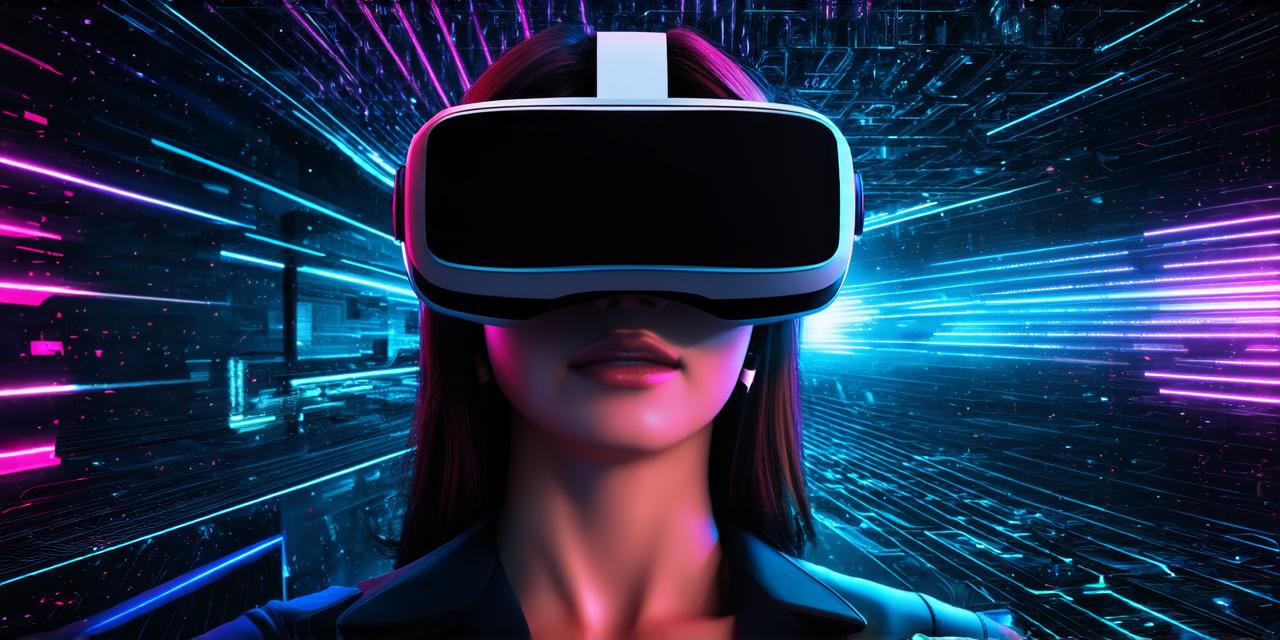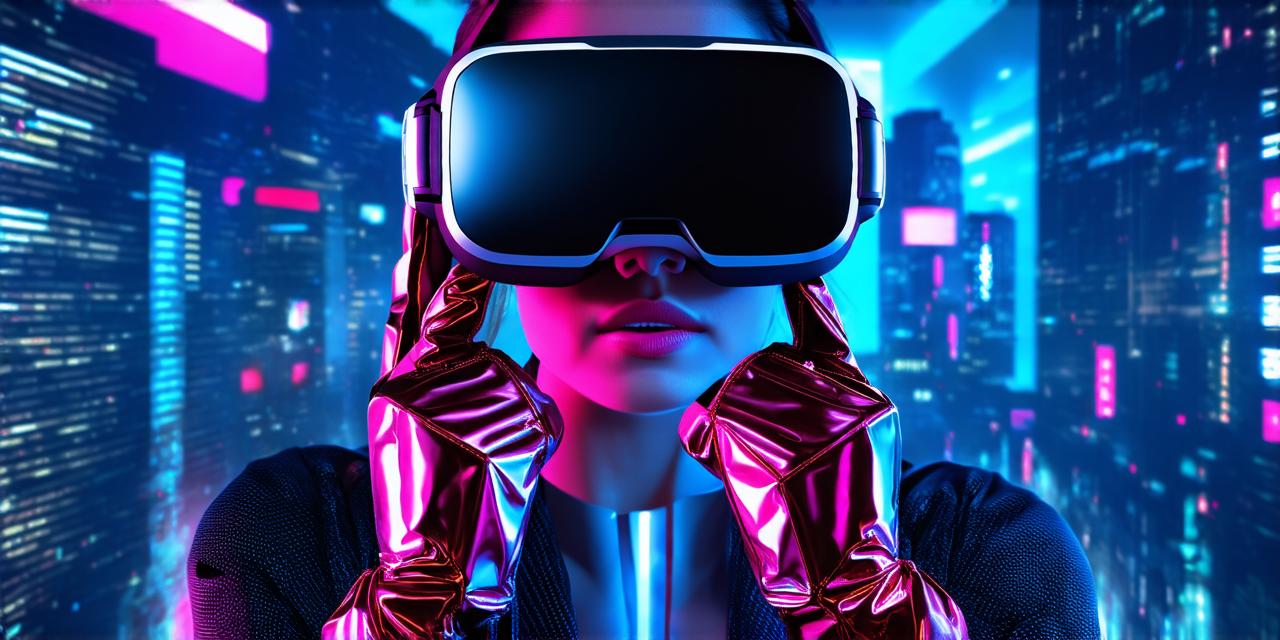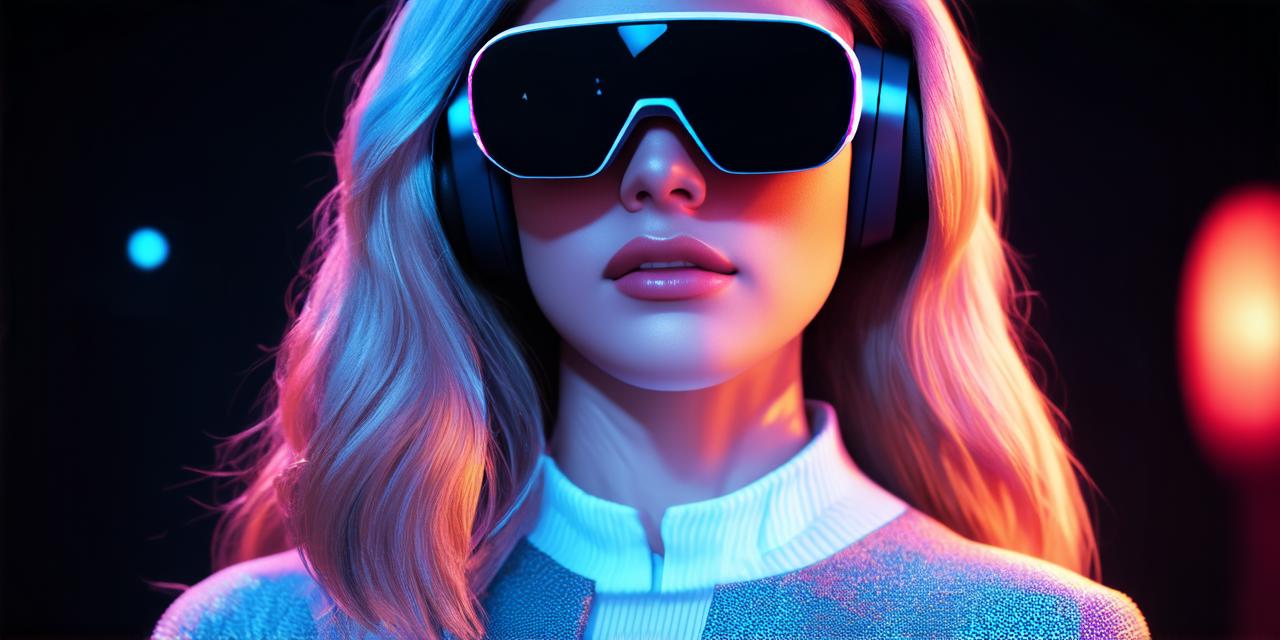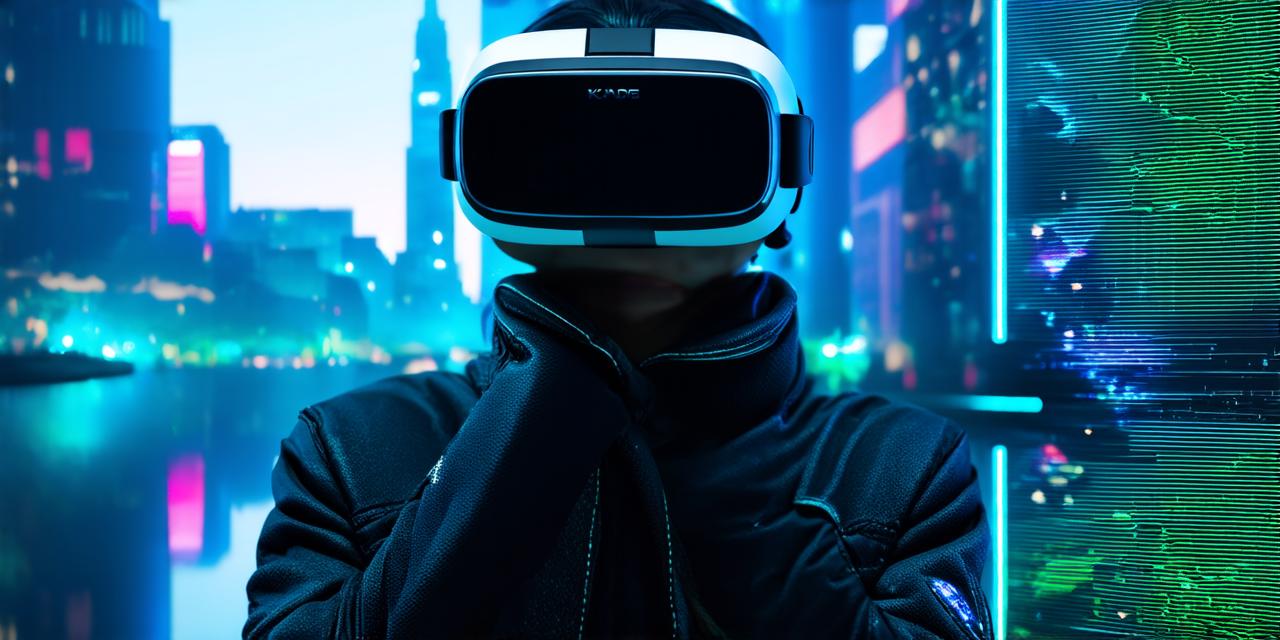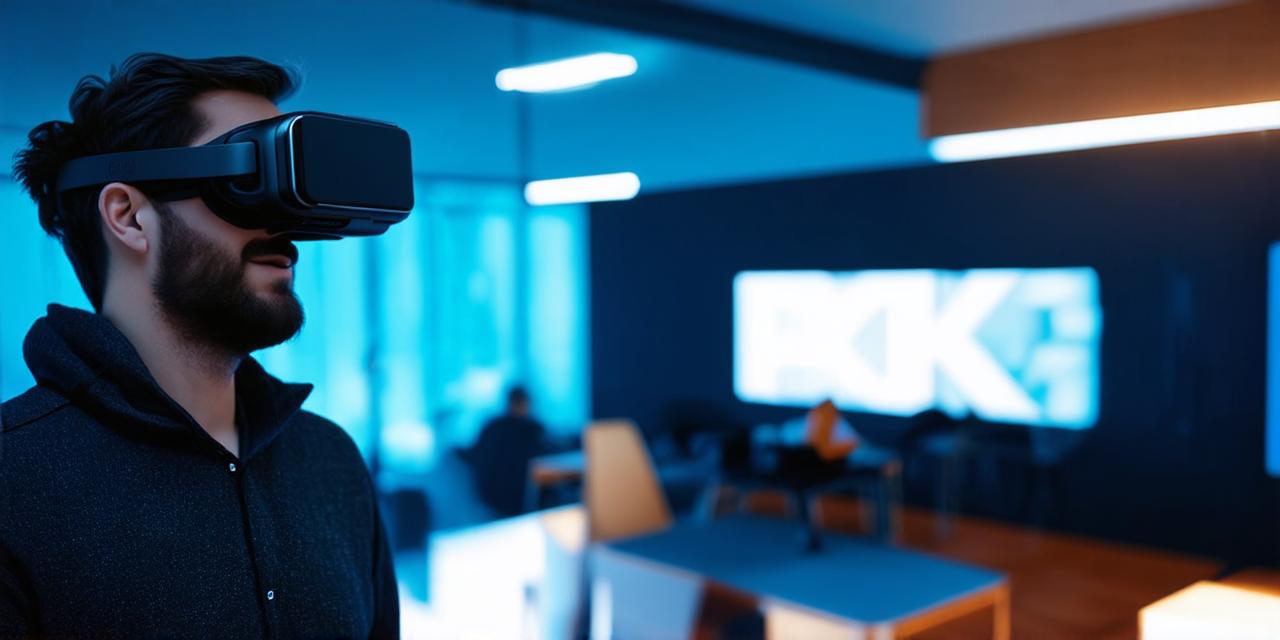Virtual reality (VR) videos are an exciting new way for developers to engage their users and create immersive experiences. In this article, we will walk you through the process of creating a VR video from start to finish, including tips on optimizing your content for search engines and attracting traffic to your website.
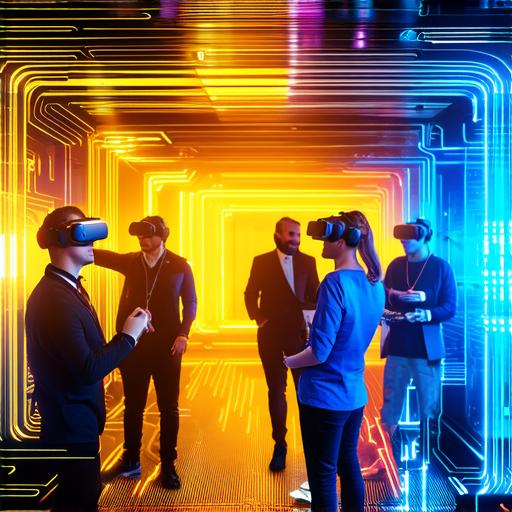
Getting Started with VR Video Creation
Before diving into the technical details of VR video creation, it’s important to understand what makes a VR video different from traditional videos. VR videos are designed to be viewed in a virtual environment, typically using a headset or other device that tracks your movements and adjusts the view accordingly. This creates a sense of immersion that can be difficult to replicate with regular videos.
To create a VR video, you will need to use specialized software and equipment. There are many different options available, ranging from free and open-source tools to more expensive professional-grade software. Some popular options include Unity, Unreal Engine, and A-Frame.
Once you have your equipment and software set up, the first step is to plan out your video. This will involve deciding on the subject matter, target audience, and desired length of the video. It’s important to keep in mind that VR videos should be short and focused, as users can quickly become disoriented or nauseous if the content is too complex or overwhelming.
Creating the Video Content
Once you have a plan in place, the next step is to start creating your video content. This will involve capturing footage of your subject matter using specialized cameras and editing it together using your chosen software. Some VR videos are shot entirely in 360 degrees, while others may use traditional camera techniques to create a more immersive experience.
When creating VR video content, it’s important to keep in mind the unique challenges of working in a virtual environment. For example, you will need to be mindful of how your movements and actions will affect the viewer’s perspective, and you may need to use specialized techniques to create a sense of depth and realism.
Optimizing for Search Engines and Attracting Traffic
Once your VR video is complete, the next step is to optimize it for search engines and attract traffic to your website. This will involve using relevant keywords in your title and description, as well as creating high-quality meta tags and thumbnails to help your content stand out in search engine results pages (SERPs).
In addition to optimizing your content for search engines, you may also want to consider promoting your VR video on social media platforms and other online channels. This can help to increase visibility and attract more viewers to your website.
Case Studies and Personal Experiences
One of the best ways to learn about VR video creation is by looking at real-life examples and case studies. For instance, many companies are using VR videos to create immersive product demonstrations or training simulations. By studying these examples, you can gain a better understanding of what works well in a virtual environment and how to create content that truly engages your audience.
Personal experiences can also be a valuable resource for AR developers looking to create VR videos. By sharing your own experiences with creating VR content, you can help to inspire and educate others in your community and beyond.
